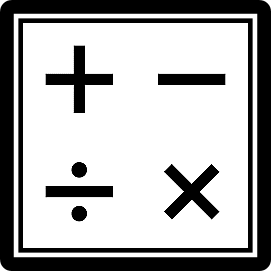Spyware, which is also known as
Malware and
parasiteware, is a technology used for gathering information from a computer about a person or organization without the knowledge or approval of the person or organization. Spyware is used on the Internet when a program used to secretly gather information about the user is installed on the system. The information is relayed to another person or organization. This is most commonly done for advertisers, shopping websites, etc.
In your Internet browser, spyware generally takes you to another site transparently in the background, passes on collected information about your actions, and then returns you to the site you were originally trying to access. Many times you never get to the site you were trying to access and get an error message such as
page cannot be displayed. Spyware is also often times associated with
popup advertising. Spyware is cause for public concern about privacy on the Internet and it many times renders you computer quite unusable.
The following links will provide you with further information about spyware and give you some guidelines on assessing your computer system. Please note that the links listed below do not indicate an endorsement of any particular product or company, and are only given for your reference:
Microsoft offers top quality protection:
Reference Information:
Free anti-spyware software available from the following links:
Free anti-malware software links:
Free trial anti-spyware software:
For additional information on selecting an Anti-Virus or Spyware Removal program, please see the Related Articles section to the right.


